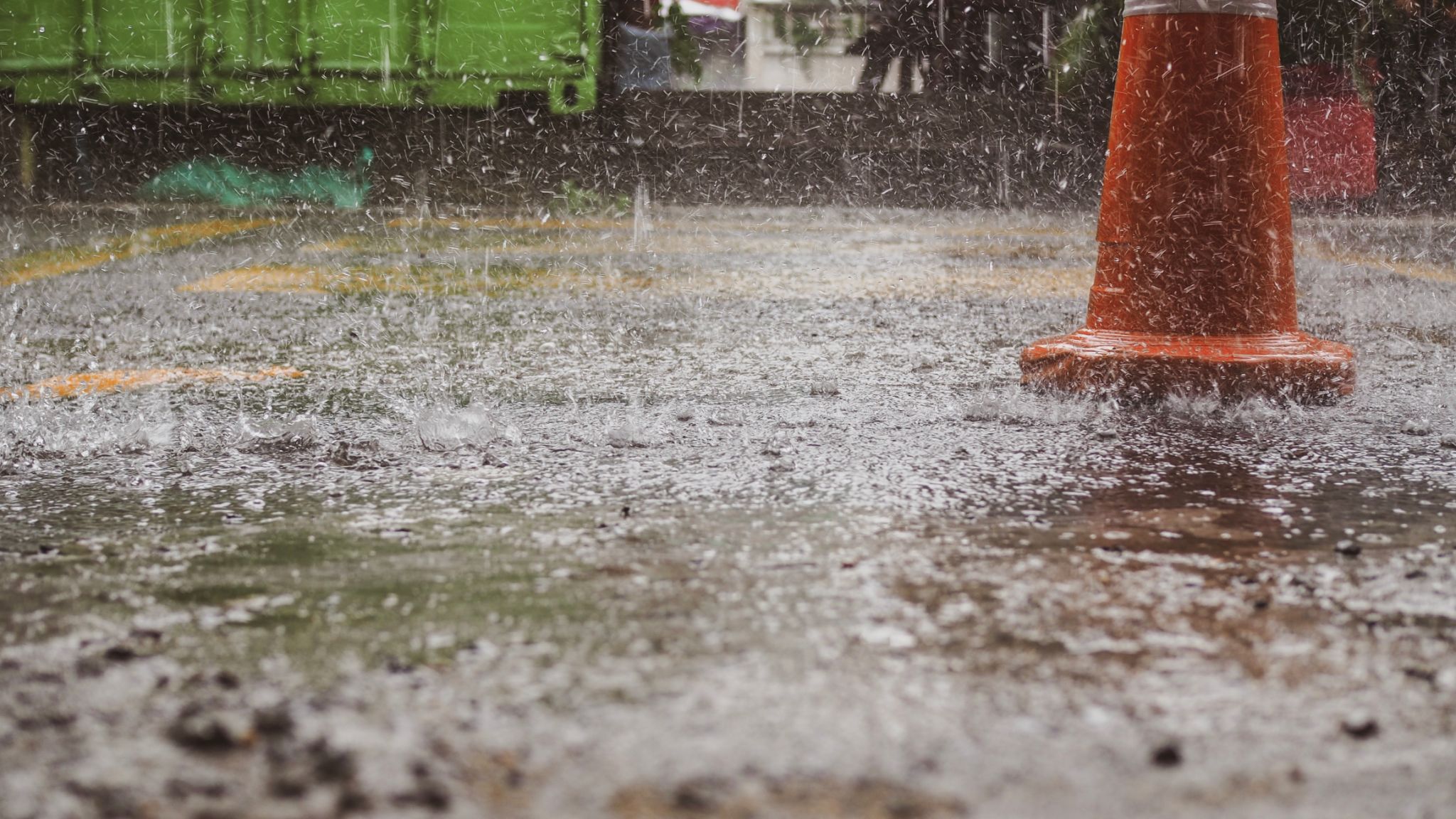Seasonal Scaffold Safety Tips for Adelaide's Construction Projects
Understanding Seasonal Changes and Their Impact on Scaffolding
Adelaide's climate varies significantly throughout the year, with hot summers and cooler, wetter winters. These seasonal changes can impact the safety and stability of scaffolding on construction sites. Understanding how weather conditions affect scaffolding can help ensure worker safety and project efficiency.
In summer, high temperatures can lead to expansion of metal components, while in winter, rain and wind can cause instability. It's crucial for construction managers to consider these factors when planning and executing projects. Proper preparation and adherence to safety guidelines can minimize risks and maintain productivity.

Summer Safety Tips for Scaffolding
Heat-Related Precautions
During Adelaide's summer months, temperatures can soar, posing risks such as heat exhaustion for workers. To combat this, ensure that workers are provided with adequate hydration and rest breaks. Additionally, consider scheduling work during cooler parts of the day, such as early morning or late afternoon.
Material Considerations
High temperatures can cause scaffolding materials to expand. Regularly inspect scaffolding for signs of wear or damage, and ensure that all components are securely fastened. Use materials that are designed to withstand temperature variations to prevent structural compromise.
Winter Safety Tips for Scaffolding
Weatherproofing Scaffolding
Winter in Adelaide brings rain and strong winds, which can affect scaffolding stability. To prevent accidents, employ weatherproofing measures such as using tarpaulins or shrink wrap to protect work areas from rain. Ensure that drainage around the site is adequate to prevent water accumulation.

Wind Load Considerations
Strong winds can pose a serious threat to scaffold stability. It's vital to regularly check tie-ins and bracing systems to ensure they are secure. If wind speeds exceed safe working limits, consider halting operations until conditions improve. Always refer to local weather forecasts and adjust plans accordingly.
Training and Supervision
Regardless of the season, proper training is essential for all workers involved in scaffold setup and use. Ensure that all personnel are familiar with the latest safety regulations and best practices. On-site supervision should be rigorous, with regular safety briefings to address any seasonal risks.

The Importance of Regular Inspections
Regular inspections are a cornerstone of scaffold safety. Conduct thorough checks at the start of each season and after any severe weather event. Look for signs of corrosion, wear, or damage that could compromise structural integrity. Address any issues immediately to maintain a safe working environment.
Conclusion
Adapting to Adelaide's seasonal changes is essential for maintaining scaffold safety on construction projects. By implementing specific strategies for summer and winter conditions, providing proper training, and conducting regular inspections, construction managers can protect their teams and ensure project success year-round. Prioritizing safety not only safeguards workers but also enhances overall productivity.
